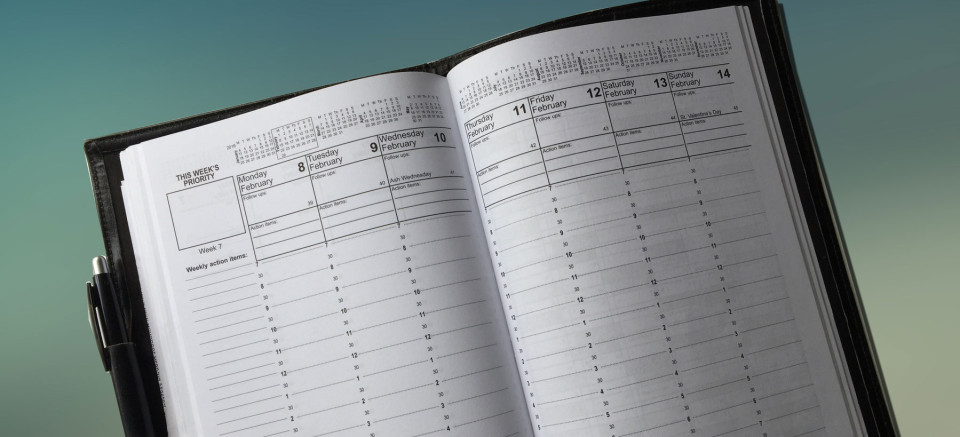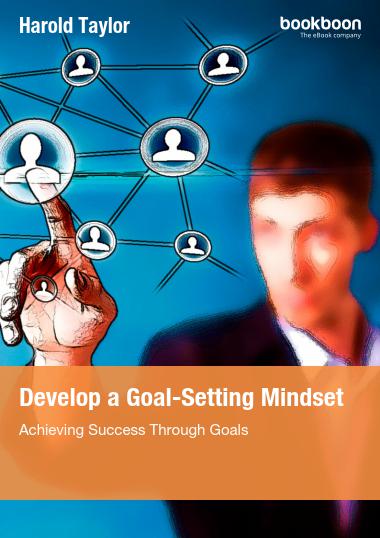I recommend that people find their high energy time in the morning and start working on their top priority for about 90 minutes. Then take a break of about 15 or 20 minutes before starting the priority task. Following the second 90-minute work session there should be a break of at least an hour before resuming. (This could be lunch and a brief walk.) It will take time to get into the right pattern. You must listen to your body to determine the best start time and the actual duration of your high-alertness cycle.
You do not necessarily have to take a coffee break, go for a walk, or do stretches every time you take a break as long as you switch to a different type of task. There are three basic types of activity – mental, physical, and emotional. If you have been working on a mental task requiring intense concentration such as writing a business proposal, a switch to a more physical task such as taking fifteen minutes to set up for your afternoon meeting or an emotional task such as handling e-mail, might be just as relaxing to the mind as a 15- minute chat at the coffee machine.
The Draugiem Group in Latvia studied employees’ work habits, measuring how much time people spent on various tasks, and comparing this to their productivity levels. They found that the length of the workday did not matter as much as how people structured their day. People who had the habit of taking short breaks were far more productive than those who worked longer hours at a stretch.
They concluded that the ideal work-to-break ratio was 52 minutes of work, followed by 17 minutes of rest. A little shorter work session than I discovered worked best for me. But then again, I allow about 30 extra minutes for unavoidable interruptions, which quite frankly is seldom utilized. I spend any spare time checking e-mail or getting a head start on my next scheduled task.
People in the study who maintained this schedule had a high level of focus in their work. For roughly an hour at a time, they were 100% dedicated to the task they needed to accomplish. They were able to resist the urge to check e-mail, social media, or phone messages during that time. When they started feeling fatigue set in, they took short breaks of 15 minutes or so, and then resumed work, refreshed, for another hour.
I recommend that you experiment a little yourself to determine what works best for you. But it seems that how you structure your workday has a lot to do with your personal productivity and focus.
Most people underestimate how long it takes to complete a task. If you have never performed the task before and find it difficult to estimate the amount of time it might take, always allow about 25% to 50% longer than your best guess. This helps you to be flexible, and you can always use the extra time performing those few urgent tasks, which will occur despite your skill at scheduling. And you can also complete some of those unimportant, but nice to have done, tasks from your “To do” list.
Also be careful not to schedule every available hour in a week. How much time you block off for those important tasks depends upon your job. If you are a troubleshooter and paid to continually fight fires, you might only schedule 20% of your week. If you have an office position, with a lot of routine, you might schedule 80% of your week. Or you could be somewhere in between. As you continue with this method of blocking off time for your important tasks, projects, and meetings, you will become better at estimating the amount of time to leave available.
Note: This article was excerpted from my e-Book, Escaping the Tyranny of the Urgent, published by Bookboon.com
Successful People Read. A Lot.
What do Warren Buffett, Mark Zuckerberg, Elon Musk and Oprah Winfrey have in common? They all read - a LOT! If you want to be successful you need to read. We have over 30 short ebooks designed to get you booked up fast!



Recent Comments